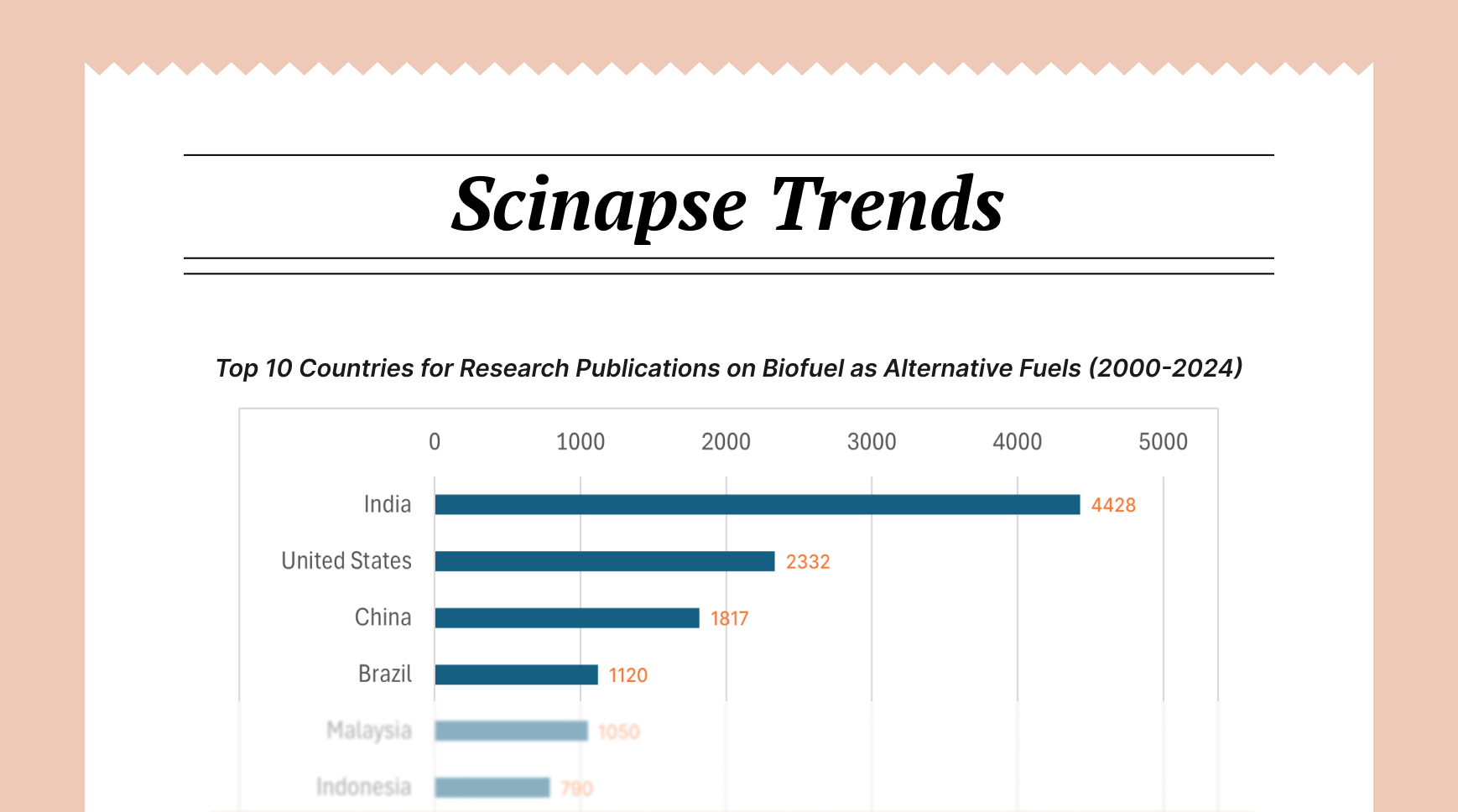Advancements in Quantum Error Correction and Control: Towards Fault-Tolerant Quantum Computing (2020-2024)
Fault-Tolerant Quantum Computing: 2020-24 progress review. Key advances in QEC (surface codes+), qubit control, & high-fidelity gates.
Introduction
The past five years have witnessed significant progress in the pursuit of fault-tolerant quantum computing. This mini-review highlights key advancements in quantum error correction (QEC) and quantum control, focusing on experimental demonstrations and theoretical developments across various qubit platforms. We will examine advancements in surface code implementations, explorations of alternative error correction strategies, and improvements in gate fidelity and qubit control.
Surface Code Implementations and Scaling
A primary focus in quantum computing research has been the implementation and scaling of surface codes, a leading QEC architecture. Several groups have demonstrated repeated quantum error detection in surface codes. Christian Kraglund Andersen and colleagues demonstrated repeated quantum error detection in a surface code using superconducting qubits (Christian Kraglund Andersen et al., 2020, Nature Physics). Jian-Wei Pan's group has consistently pushed the boundaries of surface code realization with superconducting qubits, demonstrating increasingly complex error-correcting surface codes (Youwei Zhao et al., 2020, Physical Review Letters; Youwei Zhao et al., 2021, Physical Review Letters; Youwei Zhao et al., 2022, Physical Review Letters). Ningfeng Zhu and collaborators have shown progress in suppressing quantum errors by scaling a surface code logical qubit (Rajeev Acharya et al., 2020, Nature; Rajeev Acharya et al., 2021, Nature; Rajeev Acharya et al., 2022, Nature; Rajeev Acharya et al., 2023, Nature). These efforts highlight the ongoing progress towards building larger and more robust logical qubits. Furthermore, Laird Egan's team demonstrated fault-tolerant control of an error-corrected qubit (Laird Egan et al., 2020, Nature; Laird Egan et al., 2021, Nature), while Thomas Monz's group has shown fault-tolerant universal quantum gate operations and entangling logical qubits with lattice surgery (Lukas Postler et al., 2021, Nature; Alexander Erhard et al., 2021, Nature; Lukas Postler et al., 2022, Nature).
Alternative Error Correction Strategies and Code Development
Beyond surface codes, researchers have explored alternative QEC strategies and code designs. Shruti Puri's group has investigated practical QEC with the XZZX code and Kerr-cat qubits, as well as high-threshold codes for neutral-atom qubits with biased erasure errors (Andrew S. Darmawan et al., 2021, PRX quantum; Kaavya Sahay et al., 2023, Physical Review X). Michel Devoret and colleagues have explored quantum error correction of a qubit encoded in grid states of an oscillator (Philippe Campagne-Ibarcq et al., 2020, Nature). Jonathan Home's team demonstrated error correction of a logical grid state qubit by dissipative pumping (Brennan de Neeve et al., 2022, Nature Physics). Theodore J. Yoder's group has focused on developing high-threshold and low-overhead fault-tolerant quantum memory (Sergey Bravyi et al., 2023, Nature; Sergey Bravyi et al., 2024, Nature). These efforts aim to improve the efficiency and practicality of QEC for different qubit platforms and noise environments.
High-Fidelity Gate Implementations and Qubit Control
Achieving high-fidelity quantum gates is crucial for fault-tolerant quantum computation. Several groups have focused on improving gate fidelity and qubit control across various platforms. William D. Oliver's group has made significant contributions to realizing high-fidelity CZ and iSWAP gates with tunable couplers in superconducting circuits (Youngkyu Sung et al., 2020, Physical Review X; Youngkyu Sung et al., 2021, Physical Review X; Leon Ding et al., 2023, Physical Review X). Dapeng Yu's team has also demonstrated high-fidelity two-qubit gates for superconducting qubits (Yuan Xu et al., 2020, Physical Review Letters; Zhongchu Ni et al., 2023, Nature). Akito Noiri and collaborators have demonstrated fast universal quantum gates above the fault-tolerance threshold in silicon (Akito Noiri et al., 2020, Nature; Akito Noiri et al., 2021, Nature; Akito Noiri et al., 2022, Nature). David McKay's group has demonstrated high-fidelity CNOT gates for fixed-frequency transmons with engineered ZZ suppression (Abhinav Kandala et al., 2020, Physical Review Letters; Abhinav Kandala et al., 2021, Physical Review Letters). Long B. Nguyen and co-workers have recently demonstrated programmable Heisenberg interactions between Floquet qubits (Long B. Nguyen et al., 2024, Nature Physics).
Quantum Networking and Entanglement
The development of quantum networks is another important area of research. A. N. Cleland's group has demonstrated deterministic multi-qubit entanglement in a quantum network and explored entanglement purification and protection in a superconducting quantum network (Youpeng Zhong et al., 2021, Nature; Haoxiong Yan et al., 2022, Physical Review Letters). Ronald Hanson's team has achieved qubit teleportation between non-neighboring nodes in a quantum network (Sophie Hermans et al., 2022, Nature).
Conclusion
The advancements highlighted in this mini-review demonstrate the significant progress made in quantum error correction and control over the past five years. From scaling surface code implementations to exploring novel error correction strategies and improving gate fidelities, the field is steadily advancing towards the realization of fault-tolerant quantum computers. These achievements pave the way for more complex quantum algorithms and applications in the future.
✨ About This POST
This mini-review post was generated through Scinapse. Scinapse provides reliable research trend analysis using citation analysis and AI technology.
Check out the trends in your field too!
Get started at https://scinapse.io


Comments ()